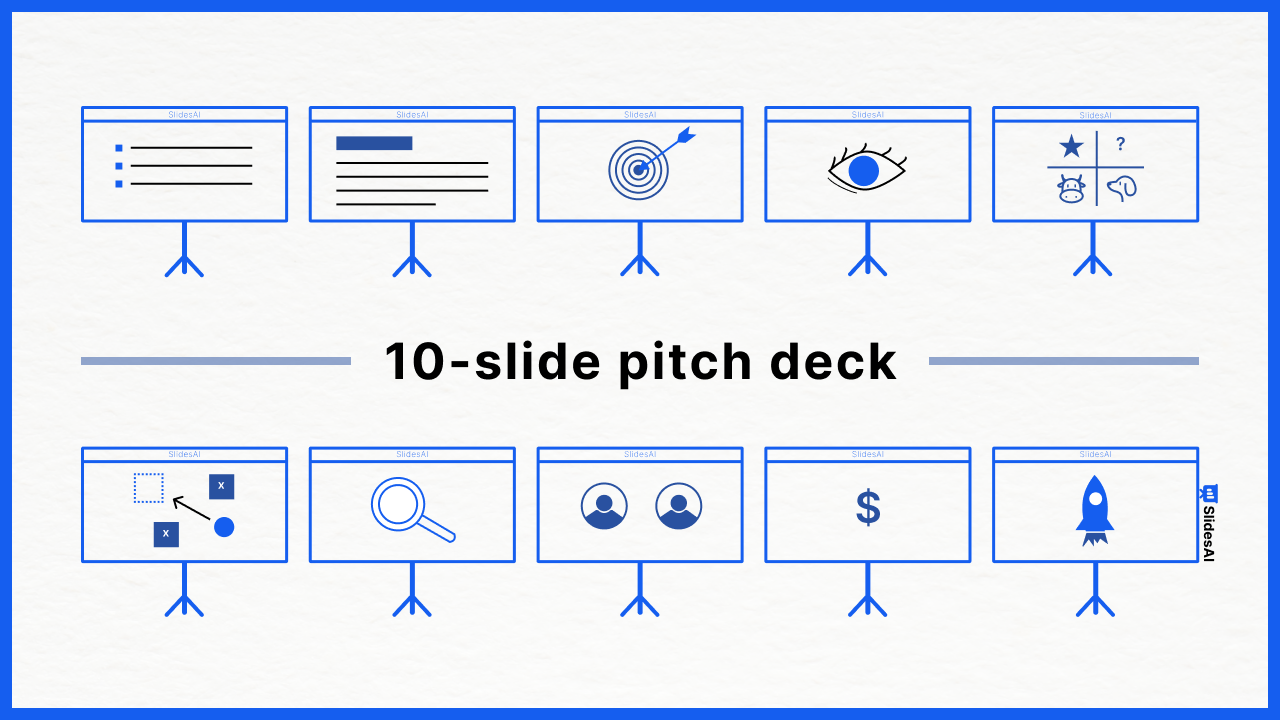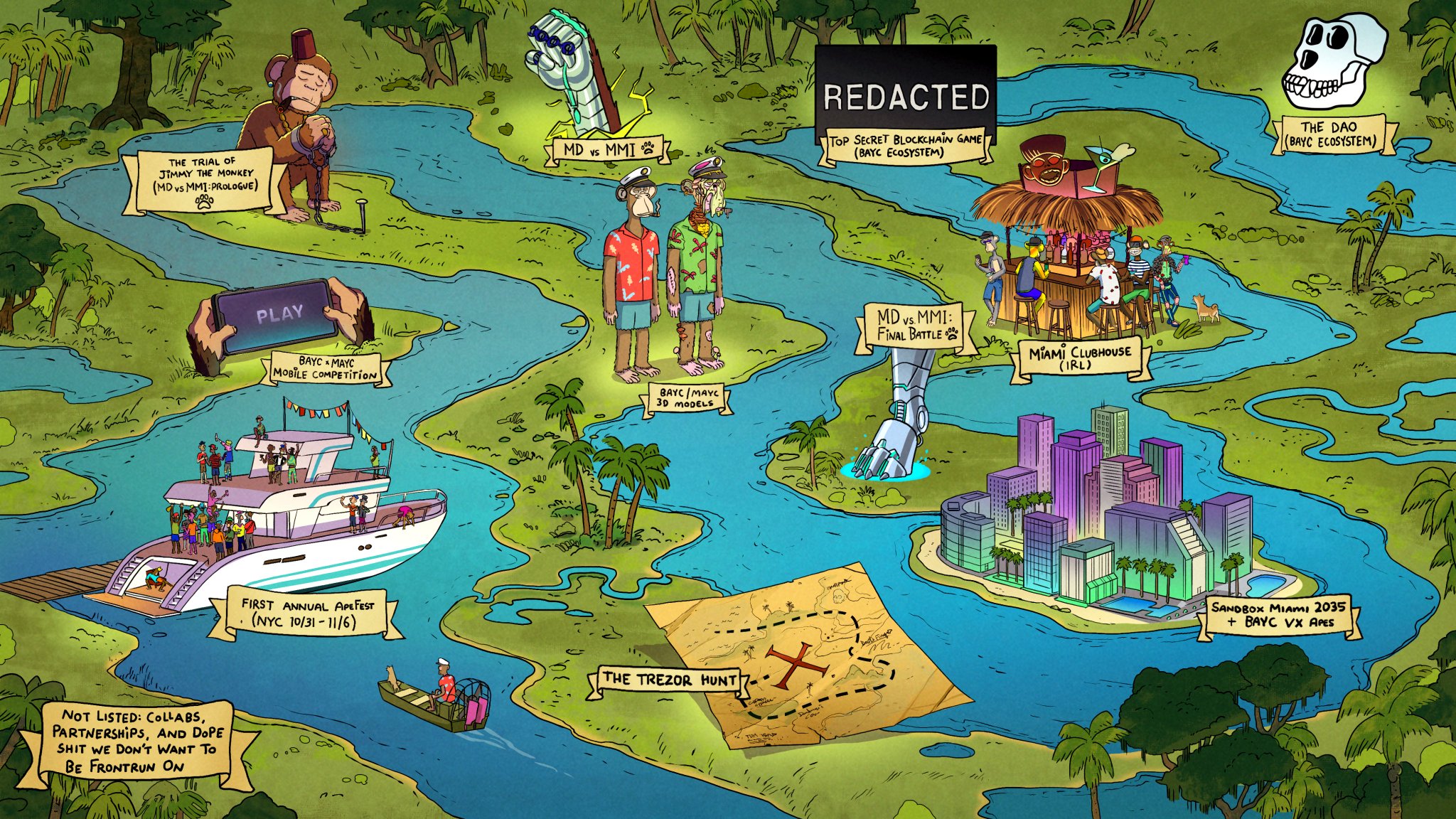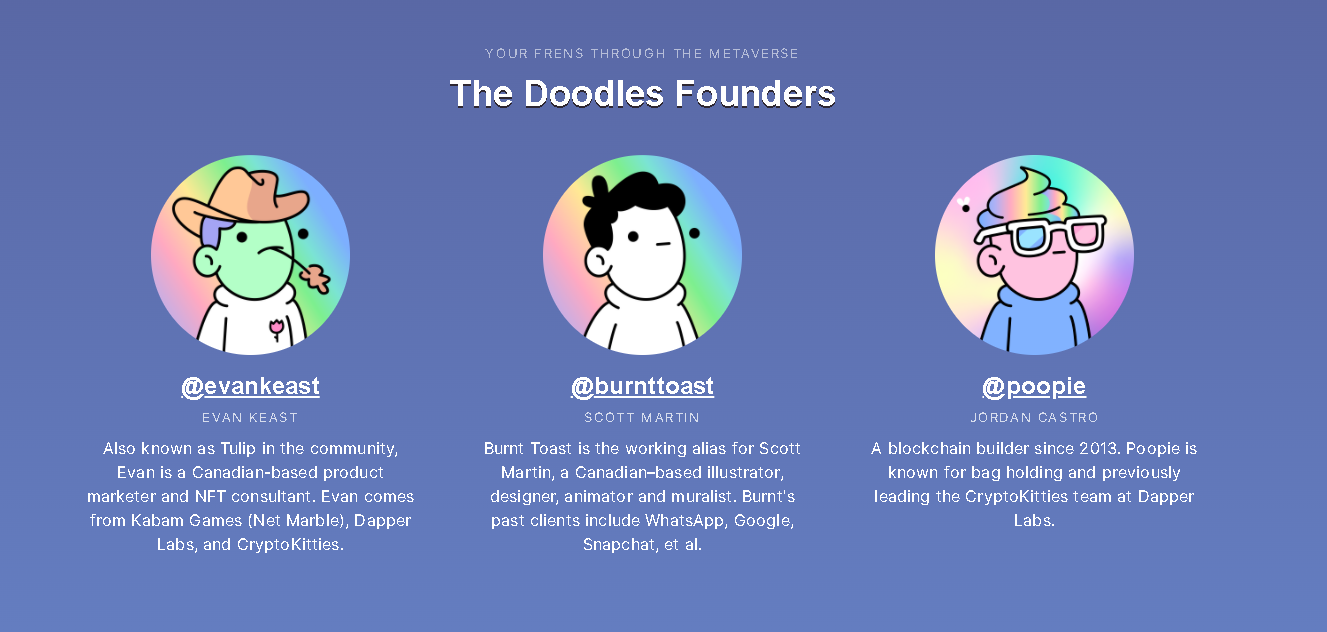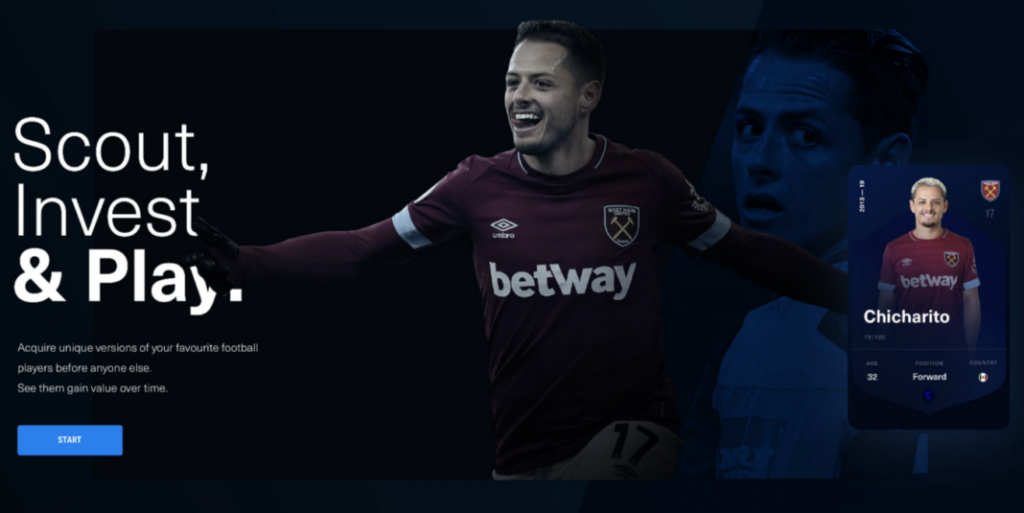Published 26th January 2024
Web3 Pitch Decks a Complete Guide

Discover the essential steps to crafting a winning web3 pitch deck that propels your project to success.
A web3 pitch deck is an overview of your project to educate and inform others about your blockchain-shaped venture. It is often taken to potential investors in an attempt to convince them to invest in an idea or project. While most used by early-stage companies, all web3 businesses should possess a pitch deck.
Is there a difference between a web3 pitch deck and a traditional business pitch deck?
Pitch decks aren’t exclusive to web3. But like most things, they need to be adapted for the web3 space. So what’s different?
Community
Web2 was about building customers. But the best web3 projects build community members. From Bored Ape to Bitcoin, name pretty much any major player in the web3 space and you’ll notice a loyal, growing community is one thing they all have in common.
With that in mind, make sure your pitch deck is community-focused. Talk about your existing community or your plans to build one. Given the fact that most web3 brands are underpinned by ardent communities, there’s a good chance that potential investors will want to know about yours and your plans to grow it.
Tokenomics
Tokens are a big differentiator between a web3 brand and a traditional brand. Your pitch deck should touch on your tokenomics if it applies to your project. Many projects just focus on the economics of the token such as the distribution, and emission schedule, this is important information that should be included, however, projects should also include the key utility and value of the token, how does it power your project?
Solid tokenomics will show savvy investors that you know what you’re talking about. Whilst overambitious plans might make them doubtful of your intentions.

Use Cases
It’s not all about the tech. In fact, how you plan on applying the technology is probably even more important in web3. Tell investors how your technology will be used in the real world, especially if it’s a product using complex technology like ZK rollups or blockchain oracles.
Real-world applications can help VCs visualise your idea and understand the growth potential outside the web3 ecosystem.
Use cases will also help cut through technical jargon to give a clearer picture of what your project is offering and its value.
Common mistakes in web3 pitch decks
Too much copy
Slides should be short, snappy and brief. Web3 Investors are busy people, they may look at hundreds of pitch decks each week and only spend a matter of minutes or seconds on each. Whoever you’re presenting to, tell them what they need to know and not a word more. They probably aren’t interested in every tiny aspect of your business, so get to the point!
Lack of storytelling
Your pitch deck doesn’t have to be boring, filled with financial projections and product metrics. Give investors a reason to care, get them excited, and make them dream of where your project can go.
Always start by explaining the problem you are trying to solve and take the reader on a journey showing how your project is in the best place to solve this.
Unrealistic projections
This one is definitely one we see all too often in web3. There seems to be a popular belief amongst web3 founders that they won’t receive investment unless they promise the world to potential investors.
Remember, we’re early; VCs and investors know this too. They’re well aware their investment isn’t going to make them a 50x return overnight so promising unrealistic goals will only lead to you coming across as naive and foolish.
What to include and how to structure your web3 pitch deck
That’s enough on what not to include in a web3 pitch deck. But what should you include? While there’s no one-size-fits-all solution, here’s a collection of slides that should act as a solid starting point.
Cover slide
Often overlooked, this is the first thing that people see, and as the old saying goes, you don’t get a second chance to make a first impression. There doesn’t need to be much content, if any at all other than the name of your project and an impactful strapline if you have one, but it does need to grab attention, look professional, and be on-brand.

Problem
A big part of blockchain technology, what problem are you solving? Every web3 project should be able to answer that question but the truth is quite a lot can’t. There are projects creating solutions for problems that don’t exist and no business succeeds without solving a problem. This should be your starting point. Define this as one of the first points in your pitch deck.
Solution
Once you’ve outlined what problem you’re tackling, introduce your solution. Explain why the solution lies in blockchain and web3; are there solutions that have been tried using web2 technology? If so, why does a web3 solution work better – is it faster, cheaper, more fun? Explain the competitive advantage that the technology and your project offers.
How it works
Break down your project and how it works. This is vital in a web3 pitch deck. The technology is new and complex and even seasoned VCs who have been around the space since day one need things breaking down.
In web2, ideas are often self-explanatory, this is rarely true when working with blockchain tech. At the same time, don’t overwhelm by including every minor detail. Answer top-level questions such as:
- What are the key features/functionality of your project?
- Does a token power your project if so how does it work?
- How do users flow through your product?
Market size
The size of the market you’re trying to break into determines just how big your project can be. But remember, keep projections realistic. A nice way to break it down for investors is to show your TAM, SAM and SOM.
- Total addressable market – The total market for your product. In other words, what is the absolute maximum amount of people your product can attract?
- Serviceable addressable market – Chances are you won’t be able to reach every single customer in your TAM. For instance, you may not be launching your product all over the world. This is particularly true for crypto products due to differing legislations across the globe. The number you’re left with after removing users you can’t reach is your serviceable addressable market.
- Serviceable obtainable market – Even once you’ve whittled down your total market to your addressable market, chances are you aren’t going to acquire every single one of those users. Your serviceable obtainable market is the portion of the market that you can realistically obtain once you’ve factored in your competitors’ market shares.

Competitive advantage
Something we hear a lot in web3 is “we don’t have any competitors” – this is never true. If you can’t find any competitors, look harder! Also, consider web2 alternatives, you’re competing with these too.
Once you’ve found your competitors, analyse why you’re better than them. Does your competitive advantage come in the form of a certain feature? Cheaper to use? Better UX?
Use cases
As mentioned earlier, help investors visualise the idea by outlining potential use cases, especially if you’re offering some form of web3-as-a-service product.
This is where you can introduce your MVP too. While telling investors how your product works is good, showing them how it works is far more powerful.
Roadmap
Every web3 project needs a roadmap. Whether it’s for your community or investors, people want to know what your plans are and how you intend to arrive at your end destination. A tip here would be under promise, over deliver.
Far too often we’ve seen 10,000-piece NFT collections promising to deliver a fully onchain, playable metaverse game within the next 12 months.
The Bored Ape roadmaps are a great example of ones which include exciting stops on the journey without going over the top.

Team
Unfortunately, bad actors and teams using web3 for the wrong reasons have had a knock-on effect on everyone involved in the industry. But on the flip side, this makes your team one of your most potent weapons in web3.
Nothing garners trust in the web3 space as much as having a well-respected team who’ve already been involved with successful projects in the past, be it in web2 or web3. If you’ve got this, introduce your team, talk about their backgrounds and showcase previous accomplishments.

Investment goals
Whether you’re a web2 investor or web3 investor, you want to know what someone plans to do with your money. Will it be used towards a marketing campaign, to hire a web3 agency to work on the product, build out your team?
Vision
Finally, end with your grand vision. If all goes to plan where does your project end up, how will it be seen, and what will you have achieved? Get aspirational here. How many users will you have, how much profit will you have made and ultimately, what mark will you have left on the world?
Examples of web3 pitch decks
Yuga Labs

Sorare

Coinbase

Need help with your Web3 pitch deck?
Avark have designed pitch decks for all kinds of Web3 projects, from Play to Earn Games to DeFi Lending Protocols. If you’re looking for help on the design of your Web3 project, then get in touch.
